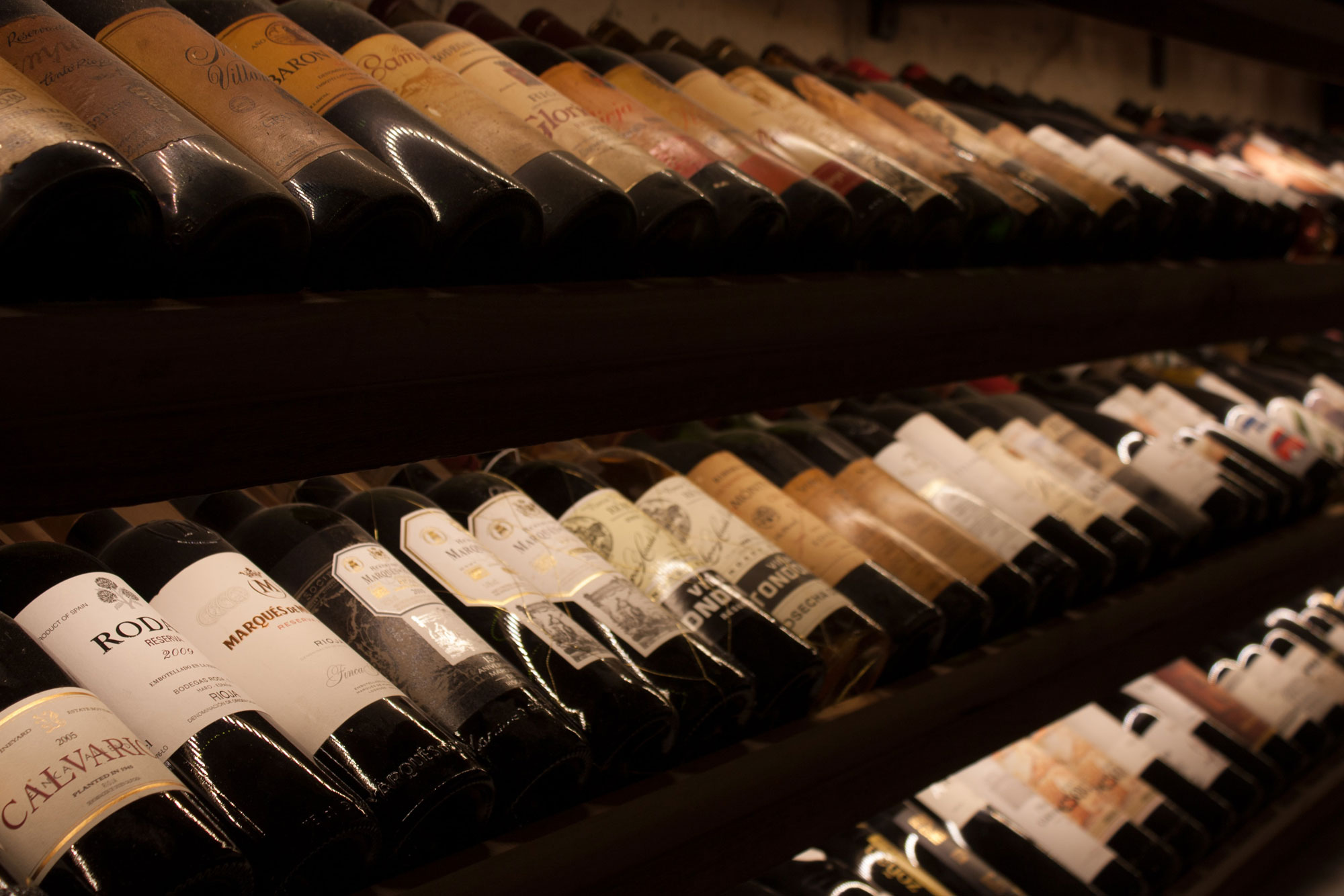

Articles
How To Store Wine Properly
Modified: October 20, 2024
Learn the best practices for storing wine to preserve its quality and flavor. Read our informative articles on wine storage methods and tips.
(Many of the links in this article redirect to a specific reviewed product. Your purchase of these products through affiliate links helps to generate commission for Storables.com, at no extra cost. Learn more)
Introduction
Welcome to the world of wine! Whether you are a wine connoisseur or just starting to explore the vast array of flavors and aromas, proper wine storage is essential to preserve the quality and taste of your favorite bottles. Storing wine properly not only ensures optimal aging and maturation but also protects the investment you have made in building your collection. In this article, we will guide you through the key factors to consider when storing wine, including temperature, humidity, light, storage positions, cork management, as well as different storage options such as wine racks, wine refrigerators, and wine cellars.
One of the fundamental aspects of proper wine storage is maintaining a consistent temperature. Fluctuations in temperature can cause the wine to expand and contract, leading to degradation of the cork seal and potential spoilage of the wine. Ideally, wines should be stored at a temperature between 45°F (7°C) and 65°F (18°C), with a target range of 55°F (13°C). Extreme temperatures, either too hot or too cold, can accelerate the aging process or even cause the wine to spoil. It is crucial to avoid storing wine in areas prone to temperature fluctuations, such as near windows, heaters, or refrigerators.
In addition to temperature, humidity plays a vital role in wine storage. The ideal humidity range for storing wine is between 50% and 70%, with a target of around 60%. Proper humidity levels prevent the corks from drying out and maintain the integrity of the wine. Low humidity can lead to evaporation and oxidation, while high humidity can promote mold growth and damage the labels. To regulate humidity, consider investing in a hygrometer or using a humidifier or dehumidifier if needed.
Light exposure can also have a significant impact on wine quality. Ultraviolet (UV) rays from sunlight and artificial lighting can degrade wine over time, leading to unwanted chemical reactions and off-flavors. It is best to store wine in a dark or dimly lit environment to minimize UV exposure. If storing wine in a glass-fronted cabinet or display, consider using UV-resistant tinted glass or placing the bottles away from direct light sources.
The position in which you store your wine can influence its quality and longevity. The general rule of thumb is to store wine bottles horizontally, especially those with natural corks. Horizontal storage keeps the cork moist, preventing it from drying out and allowing potential leakage or air ingress. However, for wines with screw caps or synthetic corks, vertical storage is acceptable.
Cork management is crucial to ensure wine quality. Check the condition of the corks regularly to identify any signs of damage or leakage. When storing wine, it is essential to keep the bottles undisturbed to prevent sediment disturbance and ensure proper maturation. Avoid unnecessarily moving or shaking the bottles.
Now that we have covered the key considerations for proper wine storage, let’s explore the different options available. Wine racks are a popular choice for home storage, as they are both functional and aesthetically pleasing. They come in various designs and materials, such as wooden racks, metal racks, or wall-mounted racks, allowing you to showcase your wine collection while keeping it easily accessible.
Key Takeaways:
- Proper wine storage involves maintaining consistent temperature, humidity, and protecting from light exposure. Horizontal storage, cork management, and suitable storage options are crucial for preserving wine quality and flavor.
- Wine racks, refrigerators, and cellars offer diverse storage solutions, each with unique benefits. Choosing the right storage method ensures optimal aging and preservation of your wine collection.
Read more: What Is The Proper Way To Hold A Wine Glass
Temperature
The temperature at which you store your wine is one of the most critical factors in maintaining its quality and flavor. Fluctuations in temperature can cause chemical reactions in the wine, leading to premature aging or spoilage. Therefore, it is crucial to store your wine at a consistent and appropriate temperature.
The ideal storage temperature for most wines is between 45°F (7°C) and 65°F (18°C). However, the general recommendation is to aim for a target temperature of around 55°F (13°C). This temperature range allows the wine to age gracefully and develop complex flavors and aromas without compromising its structure.
Extreme temperatures, whether too hot or too cold, can have detrimental effects on your wine. If wine is exposed to high temperatures, it can accelerate the aging process, causing it to lose its balance and become flat or overly oxidized. On the other hand, storing wine at excessively low temperatures can slow down the aging process, inhibiting the development of desirable flavors and aromas.
It’s essential to avoid storing your wine in areas that are prone to temperature fluctuations. For instance, keeping your wine near windows, heaters, or refrigerators can expose it to heat or cold drafts that can compromise its quality. Also, avoid storing wine in areas where temperatures can rise significantly, such as garages or attics, as this can lead to accelerated aging or even spoilage.
Investing in a wine cellar or a dedicated wine storage unit can help you maintain a consistent temperature for your wine collection. These storage options are designed to regulate temperature and provide insulation, protecting your wine from external temperature fluctuations. They come in various sizes, from small wine refrigerators that can hold a few dozen bottles to larger wine cellars that can accommodate hundreds of bottles.
If you don’t have the space or budget for a dedicated wine storage unit, you can still store your wine properly by finding a cool and consistent spot in your home. Look for areas that are away from direct sunlight and sources of heat, such as a closet or a basement. Ensure that the temperature in that area remains relatively steady throughout the year.
Regularly monitor the temperature in your storage area using a thermometer or a temperature control device. This will allow you to identify any significant fluctuations and take appropriate measures to address them. If you notice consistent temperature spikes or drops, consider relocating your wine to a more stable environment or investing in a wine storage solution.
To summarize, maintaining a consistent and appropriate temperature is crucial for properly storing your wine. Keep it within the recommended temperature range of 45°F to 65°F, with a target of around 55°F. Avoid extreme temperatures, temperature fluctuations, and direct exposure to heat or cold sources. Whether you opt for a dedicated wine storage unit or find a suitable spot in your home, ensuring a consistent temperature will help preserve the quality and flavors of your wine collection.
Humidity
Humidity is another crucial factor to consider when storing wine. Maintaining the proper humidity levels helps preserve the quality of the wine and ensures the longevity of the corks. Improper humidity can have detrimental effects on the wine, leading to dried-out corks, oxidized flavors, and potential mold growth.
The ideal humidity range for storing wine is between 50% and 70%, with a target humidity level of around 60%. This range provides adequate moisture to keep the corks in good condition and prevents them from drying out. Dry corks can shrink and allow unwanted air to enter the bottle, leading to oxidation and spoilage of the wine.
On the other hand, high humidity levels above 70% can create a favorable environment for mold growth, which can damage the labels, affect the wine’s appearance, and potentially contaminate the wine itself. Additionally, excessive humidity can lead to the deterioration of wine labels, making it challenging to identify and appreciate the contents of the bottle.
Monitoring the humidity levels in your wine storage area is essential to ensure optimal conditions for your wine collection. You can use a hygrometer, a device specifically designed to measure humidity, to keep track of the moisture levels. Place the hygrometer in the vicinity of your wine bottles to obtain accurate readings and make adjustments if necessary.
If the humidity is too low, below 50%, you can increase it by using a humidifier or placing a small bowl of water in the storage area. The water will gradually evaporate and add moisture to the air. Alternatively, if the humidity is too high, above 70%, you can use a dehumidifier or a moisture-absorbing desiccant to reduce the excess humidity.
Keep in mind that maintaining the proper humidity levels is especially crucial if you have a large wine collection or plan to cellar your wines for an extended period. Consistent humidity prevents the corks from drying out over time, ensuring a tight seal and minimizing the risk of spoilage or oxidation.
If you opt for a wine cellar or a dedicated wine storage unit, you may have the option to control humidity levels more precisely through built-in humidification systems. These systems provide a reliable way to maintain the desired moisture levels, eliminating the need for additional humidifiers or dehumidifiers.
In summary, maintaining proper humidity levels between 50% and 70% is essential for storing wine. Aim for a target humidity of around 60% to keep corks in optimal condition and prevent mold growth. Use a hygrometer to monitor humidity levels and adjust as needed. By controlling humidity, you will ensure the longevity and quality of your wine collection.
Light
Light exposure is a significant consideration when it comes to storing wine properly. Exposure to light, especially ultraviolet (UV) rays, can have detrimental effects on wine, leading to the degradation of flavors, premature aging, and potential wine faults.
UV rays from sunlight and artificial lighting can cause chemical reactions in the wine, resulting in “lightstruck” or “skunky” flavors. These off-flavors can make the wine unpleasant to drink and diminish its overall quality. In addition to flavor degradation, light exposure can also bleach the pigments in wine, resulting in a loss of color intensity.
To protect your wine from light damage, it is best to store it in a dark or dimly lit environment. Avoid storing wine in areas where it will be exposed to direct sunlight, as UV rays are most potent in direct sunlight. This means keeping your wine away from windows and other areas with intense light sources.
If you have a wine collection displayed in a glass-fronted cabinet or storage area, consider using UV-resistant tinted glass. UV-resistant glass helps filter out harmful UV rays while still allowing you to showcase your collection. It is an effective way to reduce the impact of light on your wine.
Keep in mind that fluorescent and LED lighting can also emit UV rays, though to a lesser extent than sunlight. If you are storing wine in a room with artificial lighting, opt for low-intensity or warm-colored lights. These types of lights emit less UV radiation and can help protect your wine from light damage.
It is worth noting that some wine bottles are designed with UV-protective coatings or dark-colored glass to mitigate the effects of light exposure. While these bottles offer some degree of protection, it is still best to store them in a dark environment to minimize any potential light damage.
By storing your wine in a dark or dimly lit area, away from direct sunlight and intense artificial lighting, you can preserve the integrity of the wine and ensure that it ages gracefully. Protecting your wine from light damage will help maintain the flavors, aromas, and visual appeal of your collection.
Storage Positions
The position in which you store your wine bottles can have a significant impact on their quality and longevity. The general rule of thumb is to store wine bottles horizontally, especially those with natural corks. This horizontal storage method ensures that the wine is in contact with the cork, keeping it moist and preventing it from drying out.
Why is it important to keep the cork moist? The cork acts as a barrier between the wine and the outside air. If the cork dries out, it can shrink and allow unwanted air to enter the bottle. This can result in oxidation, compromising the flavors and aromas of the wine. Additionally, a dry cork may lose its elasticity and break apart when attempting to open the bottle.
By storing the wine bottle horizontally, the wine keeps the cork moist, maintaining a tight seal and preventing the ingress of oxygen. This position also helps to reduce the risk of leakage due to a compromised cork seal. It is especially important for wines that are intended to age for a long time, as proper storage helps preserve their aging potential and allows them to develop complexity over time.
However, it’s worth noting that not all wine bottles require horizontal storage. Wines with screw caps or synthetic corks do not rely on the same level of moisture preservation as natural corks. For these types of closures, storing the bottles upright is acceptable and ensures the conservation of valuable cupboard or storage space.
There are instances when storing wine vertically may be preferred or necessary. Sparkling wines, such as Champagne or Prosecco, are traditionally stored upright to keep the pressure inside the bottle consistent and prevent the release of carbonation. Additionally, wines that have already matured and are ready to be consumed may also be kept upright to avoid disturbing any sediment that may have formed over time.
Regardless of the storage position, it is essential to handle the wine bottles with care and avoid unnecessary movement or agitation. Excessive shaking or jostling can disturb any sediment that may have settled at the bottom of the bottle, affecting the clarity and taste of the wine.
When organizing your wine collection, consider using wine racks or storage units that support horizontal placement. These racks allow you to store your bottles in a space-efficient and visually pleasing manner, while also promoting proper cork contact and moisture preservation.
By understanding the importance of storage positions and adhering to proper techniques, you can ensure the longevity of your wine collection and maximize its enjoyment when the time comes to uncork a bottle.
Store wine in a cool, dark place with a consistent temperature, ideally between 45-65°F. Keep bottles on their side to keep the cork moist and prevent oxidation. Avoid storing wine in the kitchen or near appliances that generate heat.
Read more: How To Store Food Properly
Cork Management
Proper cork management is a crucial aspect of storing wine to maintain its quality and prevent any potential issues. The condition of the cork directly affects the wine’s longevity, as it acts as a protective barrier against air and contaminants. Here are some key considerations for effective cork management:
Regular Inspection: It is recommended to regularly inspect the corks of your wine bottles. Check for any signs of damage, such as cracks or crumbling. A compromised cork can result in air leakage and oxidation, which ultimately impacts the taste and aromas of the wine. If you notice any damaged corks, it is best to consume or replace those bottles sooner rather than later.
Horizontal Storage: Storing wine bottles horizontally is not just about maintaining contact between the wine and the cork; it also ensures that any sediment settles at the bottom and does not interfere with the wine when poured. By storing the bottles on their side, you can minimize the disturbance of sediment and maximize the clarity of the wine.
Handling with Care: When handling wine bottles, it is crucial to exercise caution and avoid unnecessarily shaking or agitating them. Rough handling can disrupt any sediment that has settled, potentially clouding the wine or affecting its taste. Gentle movements and a delicate touch can go a long way in maintaining the integrity of the wine inside the bottle.
Horizontal Supports: To further protect the health of the corks, consider using wine racks or storage systems that provide adequate support for horizontal storage. These storage solutions help ensure that the bottles are secure and stable, minimizing the risk of any unnecessary pressure or strain on the corks. A well-supported cork is more likely to maintain its seal and protect the wine from oxygen exposure.
Proper Opening Techniques: When opening a bottle of wine, use the appropriate tools and techniques to avoid damaging the cork. A quality corkscrew or wine opener can make a significant difference in preserving the cork’s integrity. Slowly and evenly extract the cork from the bottle, avoiding any sudden or forceful movements that could break or crumble the cork.
Releasing Pressure: For sparkling wines or bottles with effervescence, it is essential to release the pressure safely. Hold the cork firmly while gently twisting the bottle, allowing the pressure to escape gradually. This technique minimizes the risk of the cork forcefully popping out and potentially causing injury or spilling the contents.
Cork Alternatives: While natural corks are widely used for sealing wine bottles, there are alternative closures available, such as synthetic corks and screw caps. These alternatives offer different benefits and considerations in terms of aging potential and oxygen transmission. When using these closures, still ensure proper handling and storage to protect the wine’s quality.
In summary, proactive cork management is crucial for storing wine correctly and ensuring its longevity. Regularly inspect, handle, and store bottles with care, paying attention to the condition of the corks. By maintaining the integrity of the cork seal, you can protect the wine from oxidation and enjoy its full flavors and aromas when the time comes to uncork the bottle.
Wine Racks
Wine racks are a popular choice for wine enthusiasts who want to store their bottles in an organized and visually appealing manner. These racks come in a variety of designs, materials, and sizes, offering flexibility and convenience for wine storage. Here are some key considerations when using wine racks:
Optimal Storage: Wine racks are designed to hold wine bottles securely and keep them in the horizontal position. This horizontal storage allows the wine to maintain contact with the cork, preventing it from drying out and ensuring a tight seal. By storing bottles horizontally, you also minimize the risk of sediment disturbance and maintain the clarity of the wine.
Material and Design: Wine racks are available in various materials, including wood, metal, and even plastic. Each material provides different aesthetic and durability benefits. Wooden racks, such as those made from oak or pine, are popular for their classic and natural look. Metal racks, such as wrought iron or stainless steel, offer a sleek and modern aesthetic. Consider the style of your space and choose a wine rack material and design that complements your décor.
Capacity and Space: Wine racks come in different sizes, accommodating various bottle capacities to fit your collection size. Determine the number of bottles you need to store, both for your current collection and any future growth. Consider the available space in your home or cellar and choose a wine rack that will fit comfortably without overcrowding the area. Some wine racks can be stacked or expanded, which allows for easy scalability.
Placement and Environment: When choosing a location for your wine rack, consider the environmental factors that can affect the quality of your wine. Avoid placing your wine rack in areas prone to temperature fluctuations, direct sunlight, or excessive humidity. Find a cool and consistent spot in your home that meets the recommended storage conditions we discussed earlier, and ensure good ventilation around the wine rack to prevent any potential mold growth.
Accessibility: Wine racks provide easy access to your wine bottles, allowing you to conveniently select and retrieve the desired bottle when needed. Look for wine rack designs that provide clear visibility of the labels, making it easier to identify your wines without having to move or disturb the bottles. Consider racks that offer adjustable shelving or individual slots for each bottle to accommodate different bottle sizes and shapes.
Display and Aesthetics: Wine racks not only serve as functional storage solutions but also offer an opportunity to showcase and display your wine collection. Choose a wine rack design that enhances the aesthetics of your space and complements your personal style. Whether you prefer a grand display or a more subtle and understated look, there are wine rack options to suit various preferences.
When using wine racks, it is essential to keep them clean and free of dust. Regularly inspect the racks for any signs of wear or damage and make any necessary repairs or replacements promptly. By investing in a high-quality wine rack and properly maintaining it, you can enjoy the convenience and visual appeal of organized wine storage for years to come.
Wine Refrigerators
Wine refrigerators, also known as wine coolers or wine fridges, are specifically designed for storing wine at the ideal temperature. These appliances provide a controlled environment that ensures optimal conditions for wine preservation and aging. Here are some key considerations when using wine refrigerators:
Temperature Control: One of the main benefits of wine refrigerators is their ability to maintain a consistent and precise temperature. These appliances allow you to set and control the temperature within a recommended range for wine storage. Many wine refrigerators offer dual temperature zones, which is advantageous if you have both red and white wines in your collection, as you can store them at their respective ideal temperatures.
Humidity Regulation: Some wine refrigerators also include humidity control features to help create the ideal environment for storing wine. By controlling the humidity levels, these appliances can prevent corks from drying out and maintain the integrity of the wine. This is especially beneficial if you live in an area with low humidity or if you have a large wine collection that requires extended storage.
Protection from Light and Vibration: Wine refrigerators are designed with features that protect your wine from light and vibration. Most models have UV-resistant glass doors or solid doors to shield the bottles from harmful ultraviolet (UV) rays. Additionally, wine refrigerators have insulation and shock absorption materials to minimize vibrations that could disturb the sediment in the wine and affect its quality.
Optimal Air Circulation: Proper air circulation is essential for wine storage, and wine refrigerators are designed to provide the necessary ventilation. These appliances have built-in fans or air circulation systems that ensure even distribution of cool air within the unit, maintaining a consistent temperature throughout. This helps protect the wine from temperature fluctuations and ensures that it ages gracefully.
Convenience and Accessibility: Wine refrigerators offer the convenience of easy access to your wine collection. With the bottles neatly organized and visible through the glass door, you can quickly select the desired bottle without the need to move or handle multiple bottles. Some models even have sliding or removable shelves, allowing you to customize the storage space to accommodate different bottle sizes or larger format bottles.
Capacity and Size: Wine refrigerators come in various sizes and capacities to suit different needs and space limitations. Consider the size of your wine collection and the available space in your home when choosing a wine refrigerator. It’s important to ensure that the appliance can comfortably accommodate your current collection and allow for future expansion if desired.
Energy Efficiency: Wine refrigerators are designed to be energy-efficient, running quietly and consuming minimal electricity. Look for models with high energy star ratings, as they are built to be environmentally friendly and cost-effective in the long run. Additionally, consider the insulation quality of the refrigerator to ensure efficient temperature maintenance with minimal energy consumption.
When using a wine refrigerator, it is important to regularly clean and maintain the unit to prevent any odors or cross-contamination. Follow the manufacturer’s instructions for cleaning and maintenance, including periodic inspection and replacement of filters if applicable.
Wine refrigerators provide a dedicated and controlled environment for storing your wine collection at the optimal temperature and humidity levels. Whether you’re a casual wine enthusiast or a serious collector, a wine refrigerator can be a valuable addition to your home to ensure your wines are preserved and ready to be enjoyed at their best.
Wine Cellars
For avid wine collectors or enthusiasts with a larger collection, a wine cellar is a dream come true. Wine cellars are dedicated spaces designed to provide the ideal environment for storing and aging wine. Here are some key considerations when it comes to wine cellars:
Temperature and Humidity Control: Wine cellars offer the ultimate control over temperature and humidity levels. These spaces are typically insulated and equipped with cooling systems that maintain a consistent and optimal temperature range for wine storage. The temperature is usually set between 45°F (7°C) and 65°F (18°C), depending on the desired aging conditions for the specific wine collection. Humidity levels are also regulated, typically maintained around 60% to prevent corks from drying out.
Proper Ventilation: Wine cellars are designed with adequate ventilation to allow for proper air circulation. This helps maintain the desired temperature and humidity levels while preventing musty odors and mold growth. Ventilation systems may include vents, fans, or natural air exchange through vents or ducts, depending on the cellar’s design and specific requirements.
Racking and Shelving: Wine cellars often feature custom-designed racking and shelving to maximize storage capacity and showcase the wine collection. The racks are designed to store wine bottles horizontally, allowing for proper cork contact and moisture preservation. Customization options include different material choices, such as wood, metal, or acrylic, as well as options for modular or adjustable racking to accommodate different bottle sizes and collections.
Lighting and Ambiance: Lighting in wine cellars is carefully chosen to create the right ambiance while minimizing light exposure to the wine bottles. Soft, dim lighting is commonly used to enhance the aesthetics of the cellar without compromising the quality of the stored wines. UV-resistant lighting options are available to reduce any potential damage to the wine caused by ultraviolet (UV) rays.
Security and Protection: Wine cellars provide a secure environment for your valuable wine collection. Cellar doors are often insulated and sealed to ensure temperature and humidity control. Additionally, cellars may feature security measures such as locks and alarms to protect your collection from unauthorized access. Fire detection and suppression systems, along with backup power supplies, are also essential safety features when it comes to protecting your investment.
Organization and Inventory Management: Wine cellars allow for efficient organization and inventory management. Custom labeling, tracking systems, or digital inventory management tools can assist in keeping track of your collection, including wine details, vintages, and storage locations. This helps ensure that each bottle is easily accessible when you decide to enjoy or rotate your wines.
Accessibility and Tasting Area: Consider incorporating a tasting area within your wine cellar for the ultimate experience. This dedicated space allows you to enjoy your wines in the ambiance they were stored in. Include a tasting table, seating, and even a sink for rinsing glasses. This setup provides a convenient and enjoyable space to savor the flavors of your collection.
Building a wine cellar can be a significant investment, requiring proper planning, design, and construction. Consult with professionals experienced in wine cellar design and construction to ensure that your cellar meets all the necessary requirements and provides the optimal conditions for your wine collection.
Whether it’s a small dedicated space or an elaborate cellar, wine cellars offer an unmatched experience for wine lovers. By creating a space specifically designed for the proper storage and aging of wine, you can enjoy your collection to its fullest potential.
Read more: How To Store Eggs Properly
Conclusion
Properly storing wine is essential to maintain its quality, preserve its flavors, and protect your investment. Whether you are starting a small collection or have a vast assortment of bottles, following the key principles of wine storage can ensure that your wines mature gracefully and provide a delightful drinking experience. From temperature and humidity control to light exposure and cork management, each factor plays a significant role in the longevity and integrity of your wine collection.
Temperature is a critical aspect of wine storage, with the recommended range typically between 45°F and 65°F. Avoiding extreme temperature fluctuations and finding a cool and consistent storage location are vital for preserving the integrity of the wine.
Humidity levels between 50% and 70%, with a target of around 60%, help prevent cork drying and maintain the quality of the wine. Monitoring humidity and making any necessary adjustments can ensure optimal conditions for aging and maturing your wines.
Shielding your wines from light exposure, particularly harmful UV rays, is crucial in preventing flavor degradation and color fading. Storing wine in a dark or dimly lit environment and using UV-resistant glass can minimize the impact of light on your collection.
Proper storage positions, such as horizontal placement for wines with natural corks, help keep the corks moist and maintain a tight seal. Vertical storage is acceptable for wines with screw caps or synthetic corks.
Effective cork management involves regular inspection, gentle handling, and ensuring that the bottles remain undisturbed. Checking for any signs of damage or leakage allows you to address potential issues promptly and minimize the risk of oxygen exposure or spoilage.
Wine racks offer functional and visually appealing storage solutions, allowing you to showcase your collection while maintaining proper storage positions. Choosing the right material, size, and design can enhance the aesthetics of your space while ensuring easy access to your wines.
Wine refrigerators provide controlled environments with temperature and humidity regulation, specifically designed for storing wine. These appliances offer convenience and accessibility, making them an excellent choice for wine enthusiasts with smaller to medium-sized collections.
For serious collectors and larger wine collections, wine cellars provide the ultimate storage solution. Wine cellars offer precise temperature and humidity control, custom racking options, and an opportunity to create a dedicated space to showcase and enjoy your wines.
Regardless of the storage method you choose, maintaining a detailed inventory and regularly inspecting your wines are crucial for tracking your collection and ensuring its quality. With proper storage and care, your wine collection will continue to develop and bring joy for years to come.
Remember, the art of storing wine is about finding the right balance between preserving the wine’s qualities and enjoying it at its peak. By incorporating the principles of temperature, humidity, light, storage positions, and cork management, you can create an optimal environment for your wine collection. Cheers to enjoying your wines in their full splendor!
Frequently Asked Questions about How To Store Wine Properly
Was this page helpful?
At Storables.com, we guarantee accurate and reliable information. Our content, validated by Expert Board Contributors, is crafted following stringent Editorial Policies. We're committed to providing you with well-researched, expert-backed insights for all your informational needs.

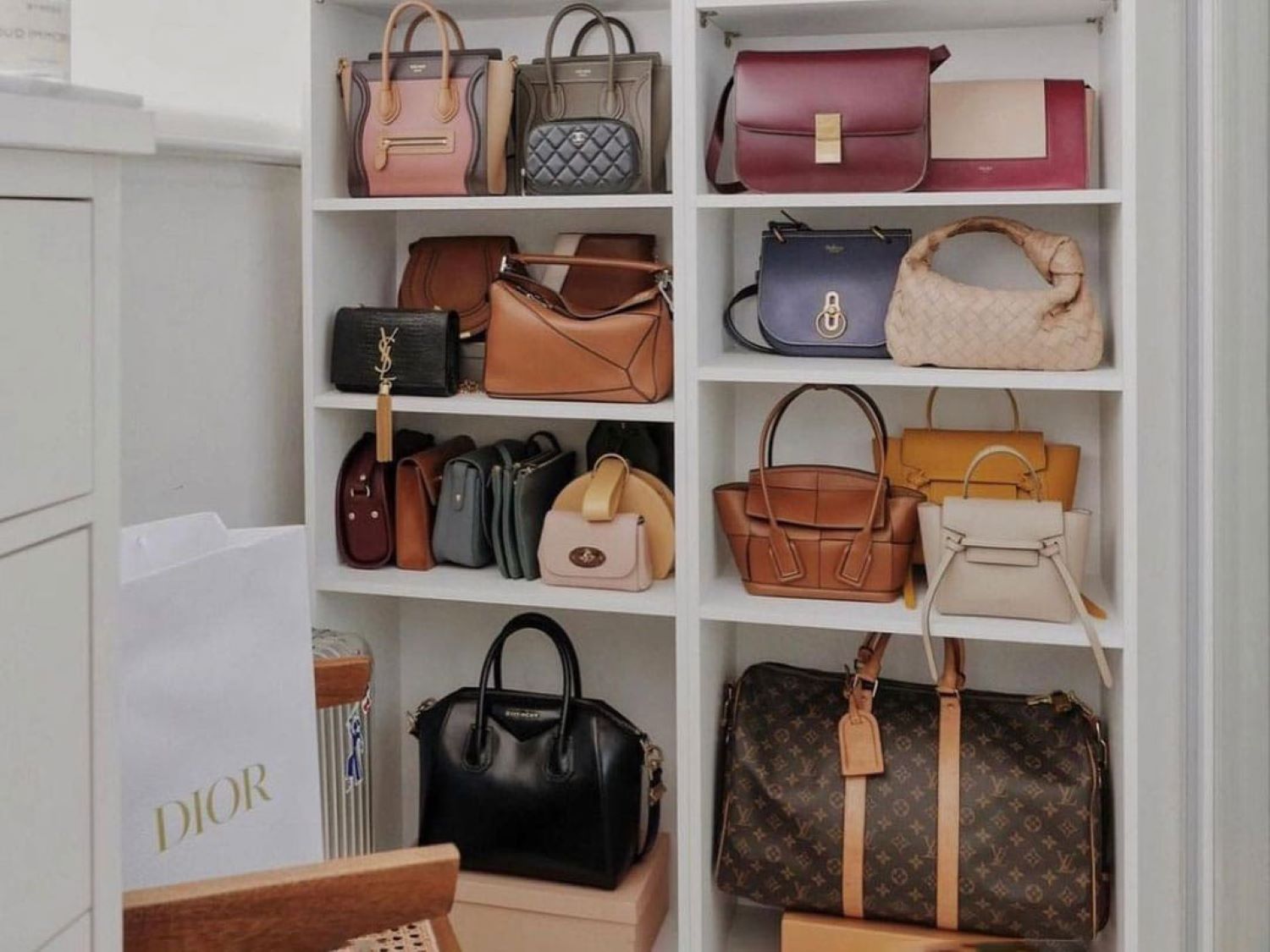

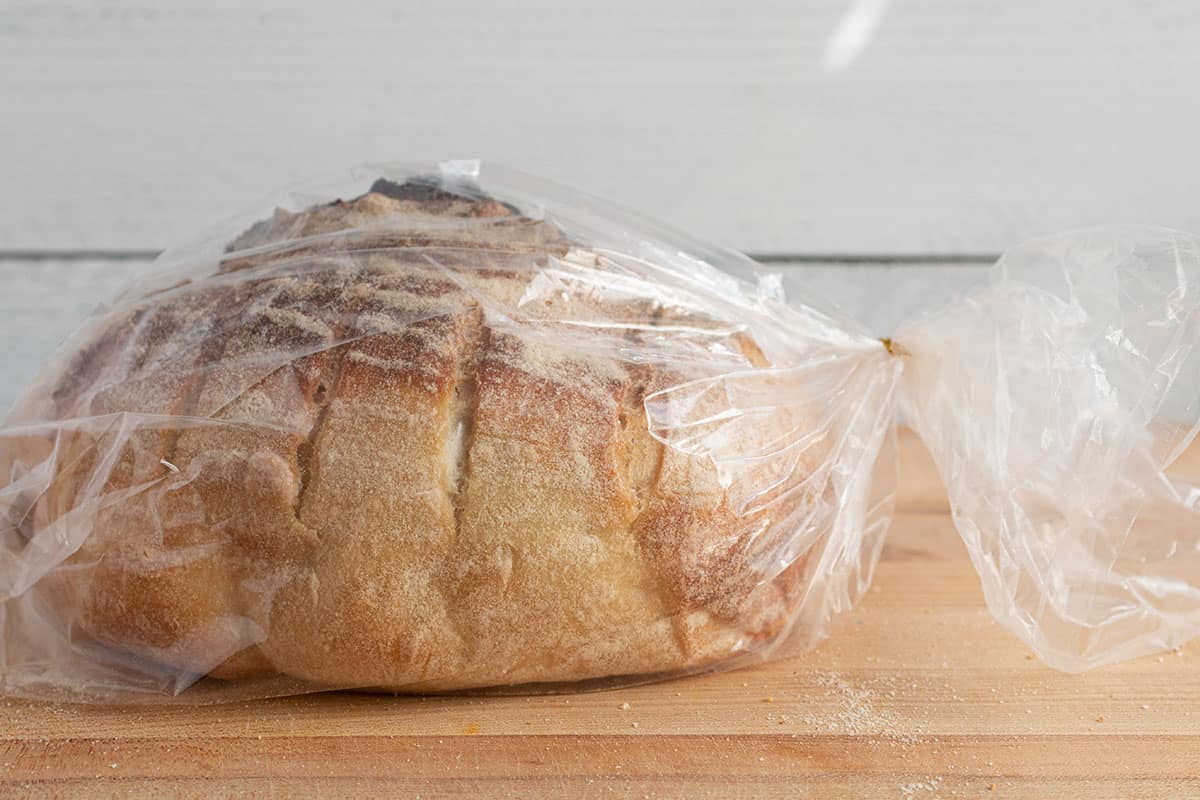
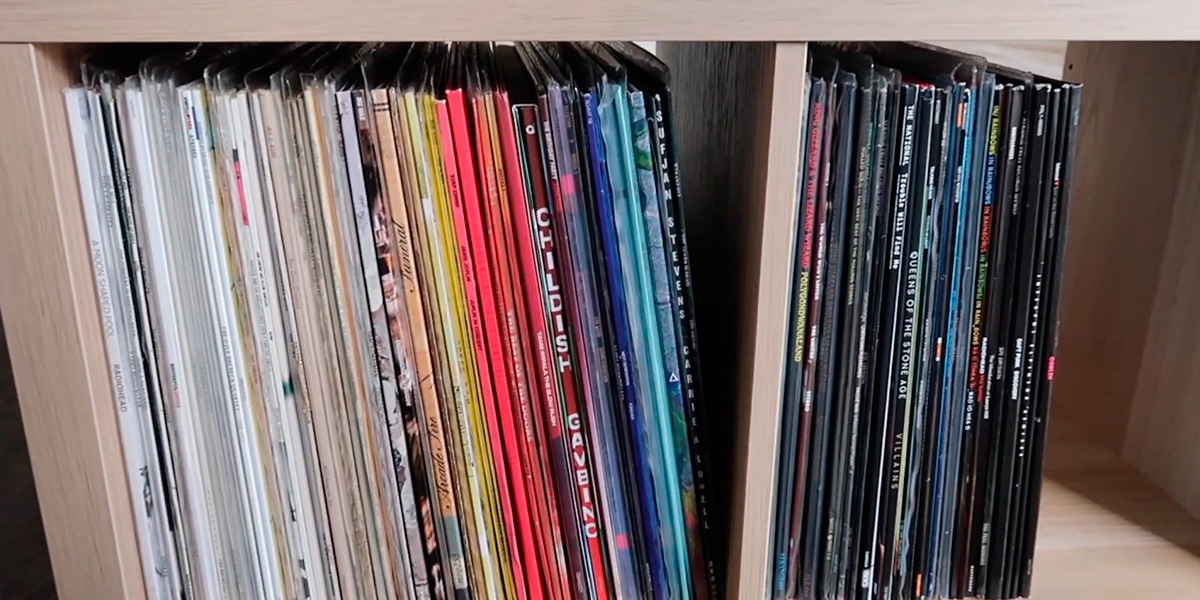
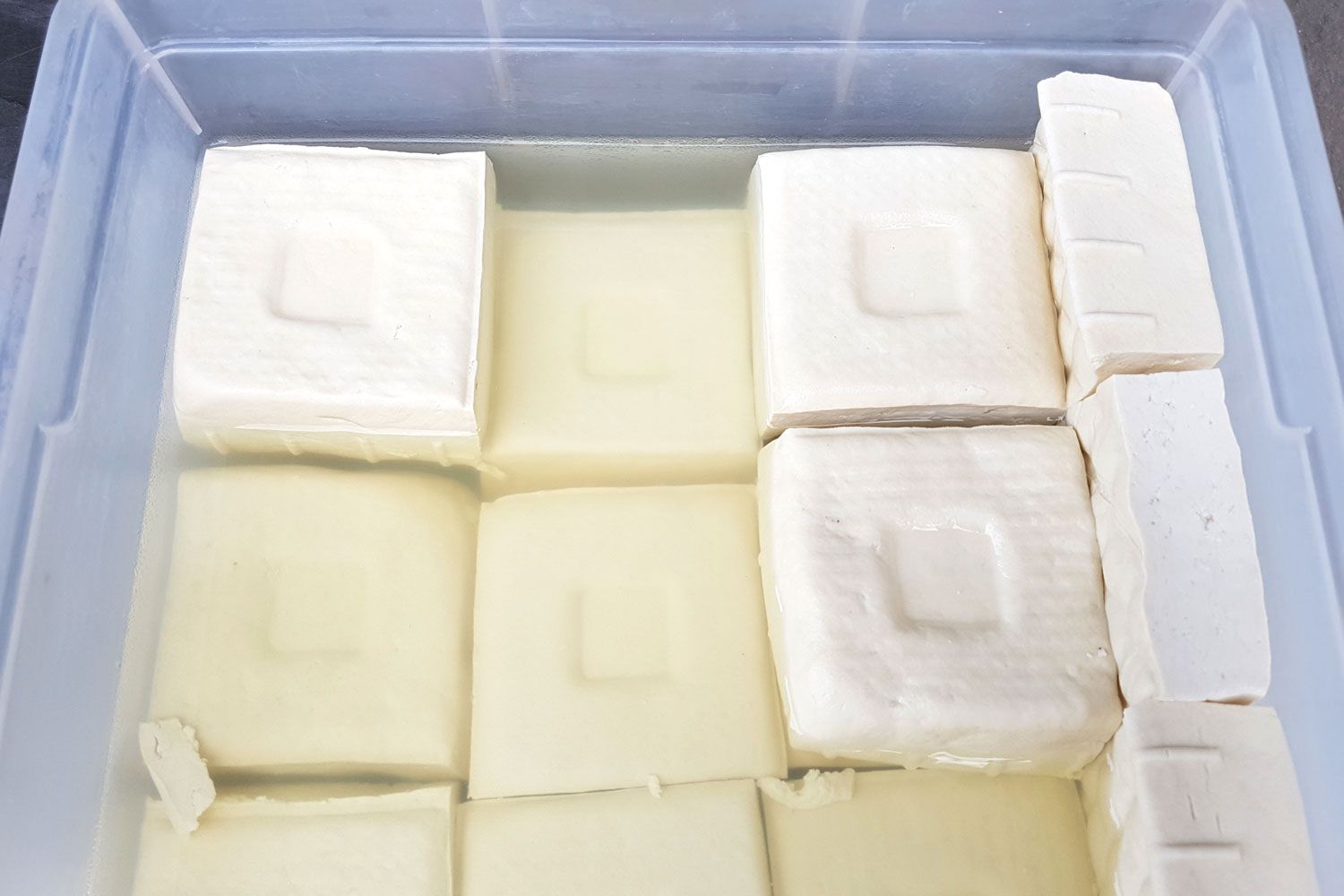
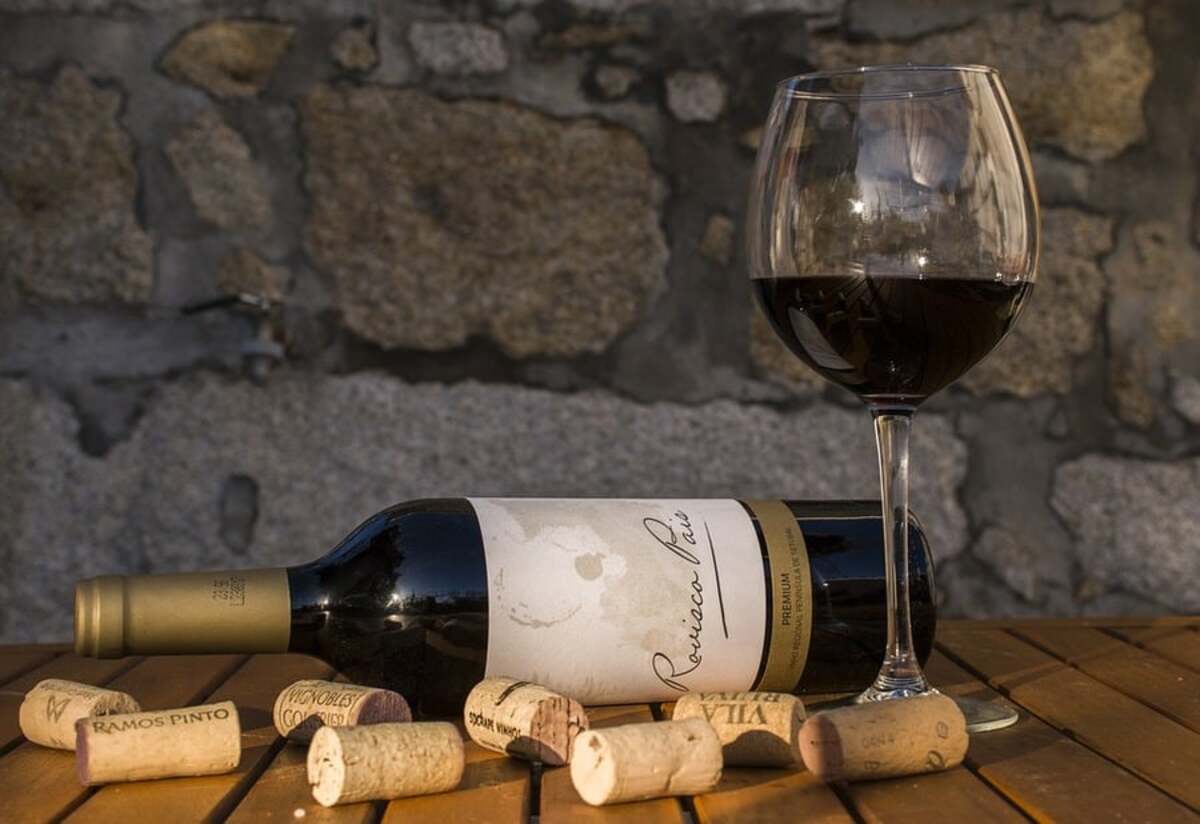
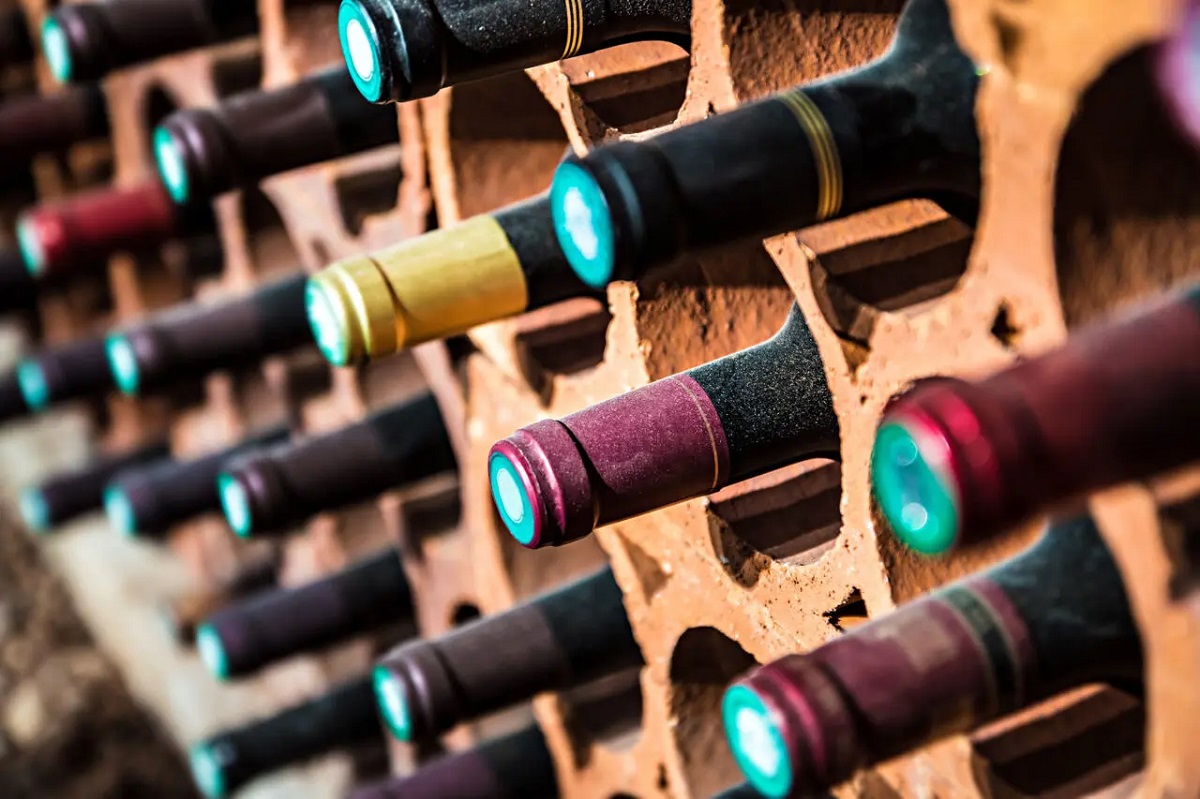
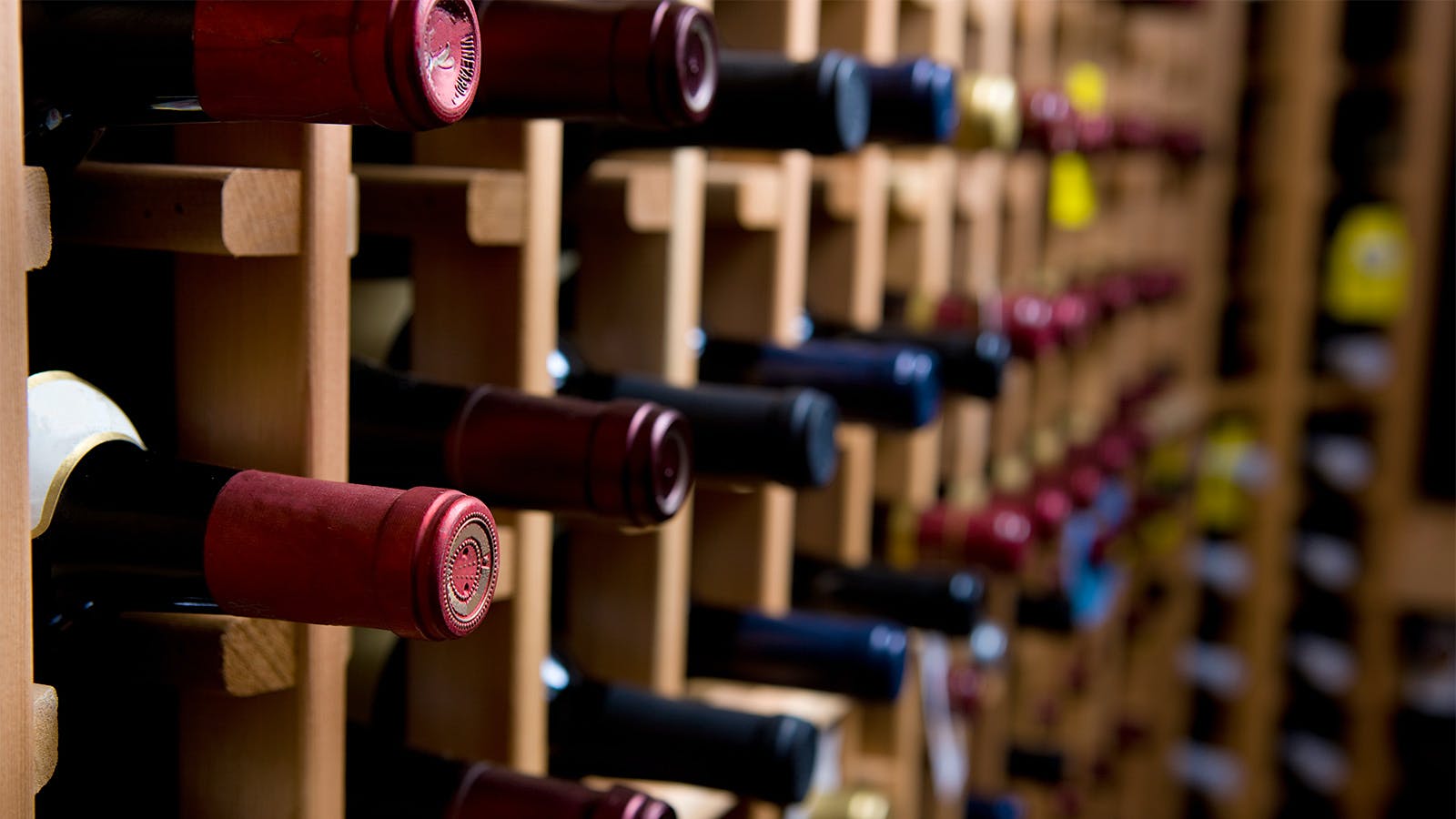
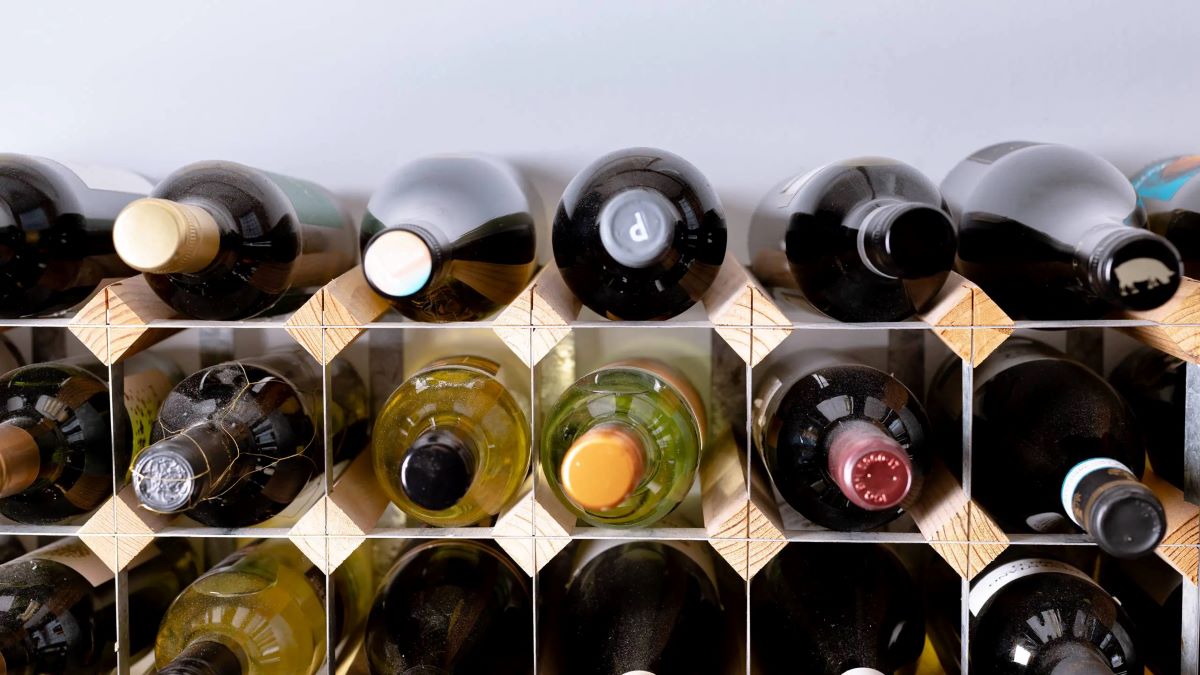

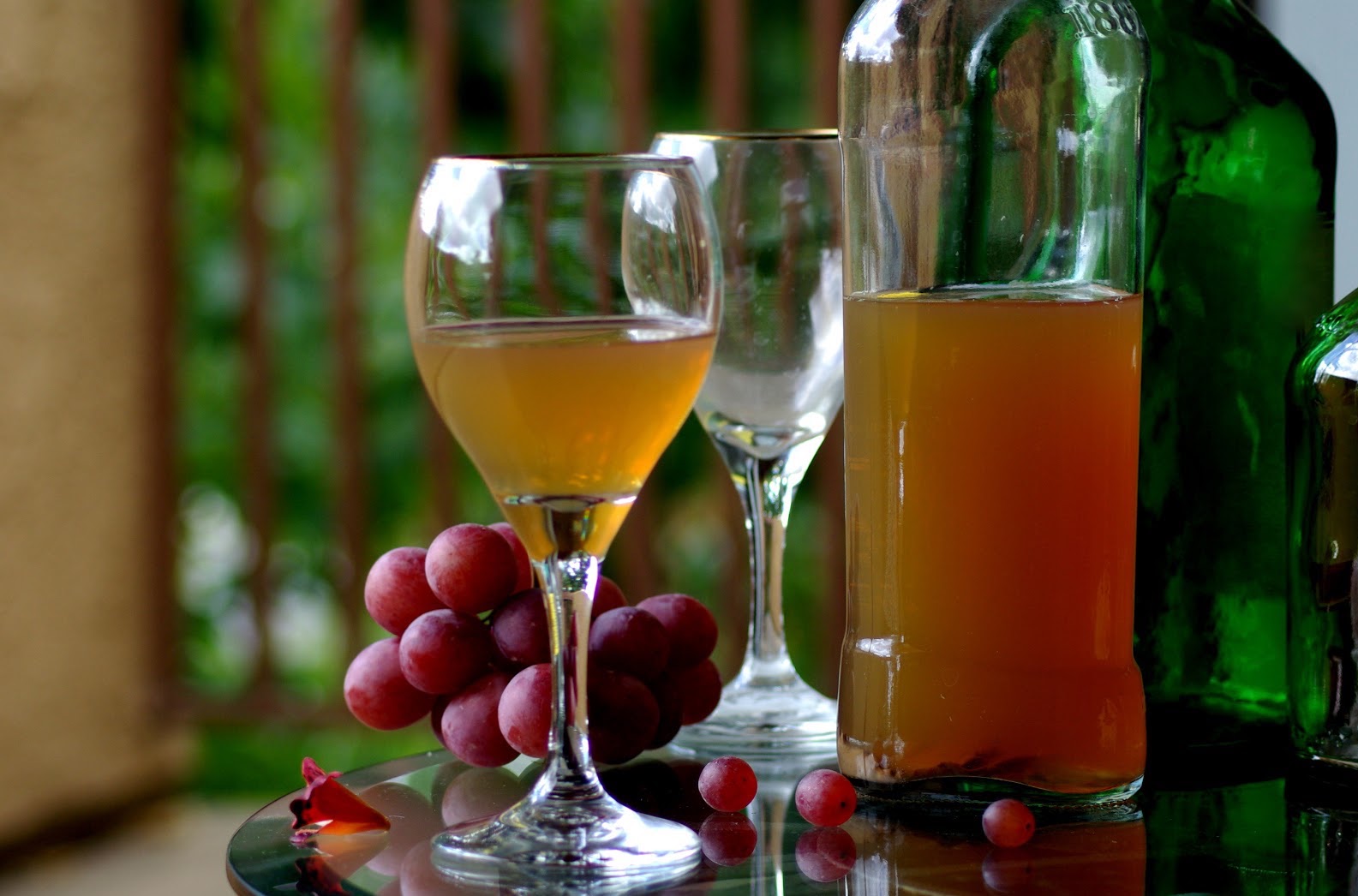
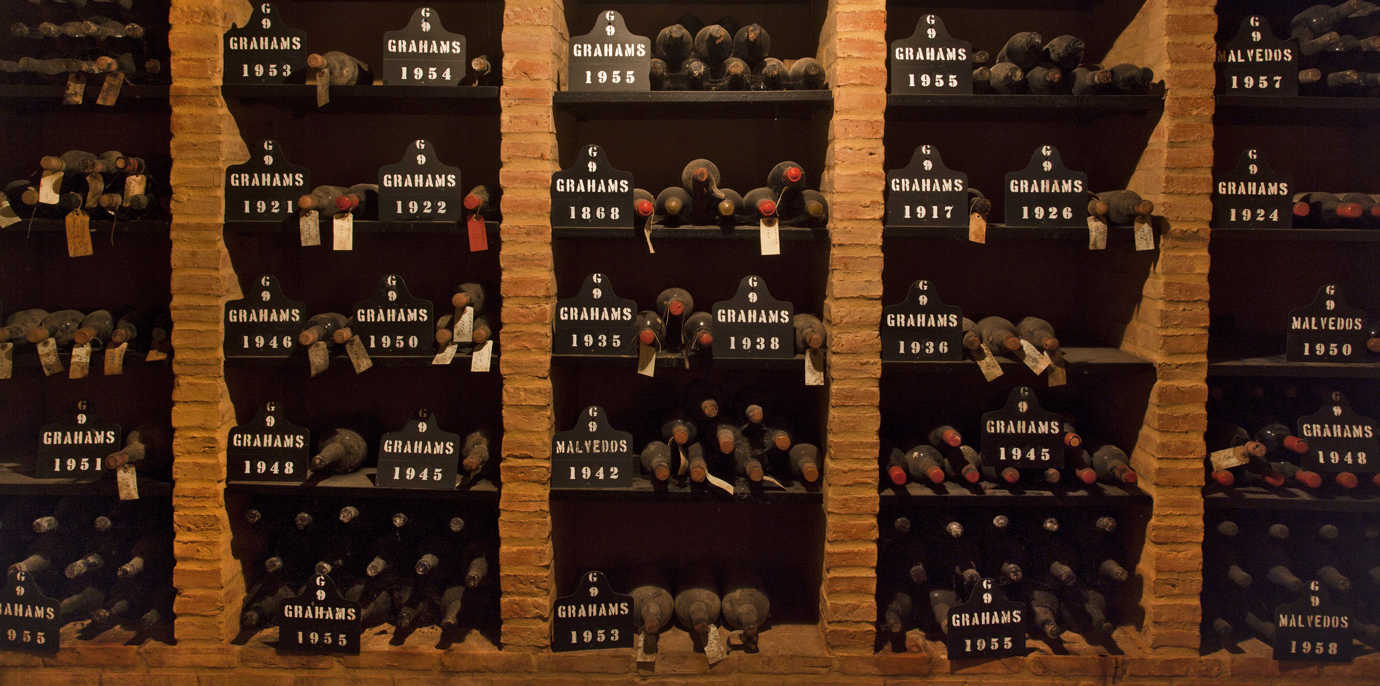

0 thoughts on “How To Store Wine Properly”